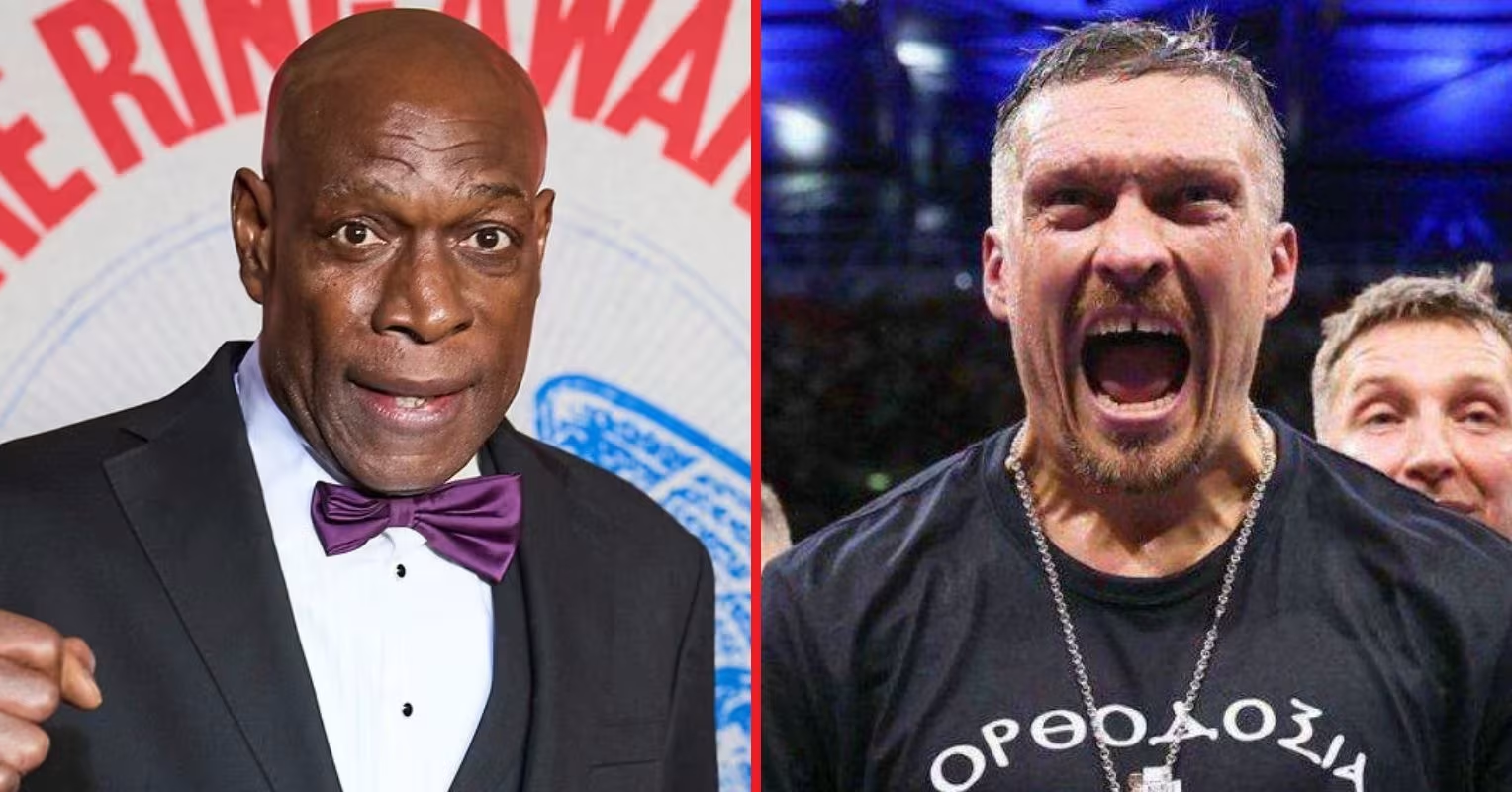Why older models and celebrities are dominating fashion campaigns

Open this photo in gallery:
British actor Jennifer Saunders stars in a holiday ad campaign for Burberry.Courtesy of Burberry/Supplied
In a recent video series posted to Burberry’s social-media accounts, 67-year-old British actor Jennifer Saunders is seen in various states of holiday preparation: carrying a life-size, gift-wrapped teddy bear home; welcoming a cast of familiar faces, including models Naomi Campbell and Rosie Huntington-Whiteley, to her cozy house party.
Best known for her madcap portrayal of frequently inebriated public relations executive Edina Monsoon in the nineties comedy series Absolutely Fabulous, Saunders’s presence instantly telegraphs nostalgia, familiarity and a uniquely British brand of humour. Comments such as “Jennifer Saunders is a national treasure” flood the posts.
Burberry’s campaign is the latest in a spate of marketing initiatives starring celebrities of the 50-plus variety. This season, designer Jonathan Anderson cast actor John Malkovich (71) and singer Melanie C (51) in a campaign for his J.W. Anderson loafer bags. Actor Michelle Yeoh (63) is promoting Moynat’s collaboration with Labubu. Actor Parker Posey (57) tickled fans earlier this year when she danced in a Gap ad fresh off her season of The White Lotus. Meanwhile, Academy Award winner Christopher Walken (82) is the star of Yves Saint Laurent’s fall men’s wear campaign.
Celebrities have dominated fashion advertising and magazine covers since the 1990s, but the increase in brands using older actors, musicians and personalities may point toward a growing interest in uniqueness. “Brands are recognizing the value in mature models as role models, fashion icons and characters in their own right,” says Rebecca Valentine, founder of London’s Grey Model Agency, which represents “beautifully ageing” talent, some of whom also appeared in the Burberry holiday campaign.
According to Valentine, subverting the industry’s obsession with youth is a welcome break for consumers of all ages (even her Gen Z daughter, she says, is turning to brands that feel more authentic and rooted in identity). “In my opinion, the better way forward is for authentic intergenerational representation,” Valentine said. Another client of hers, musician-turned-model Sango, 54, was cast in Louis Vuitton’s holiday campaign for his unique appeal, rather than as a “grandfather” type.
At Paris Fashion Week in October, L’Oréal Paris included Jane Fonda, Viola Davis and Helen Mirren in a fashion show heavily focused on senior stars. “These older female choices are not based on traditional beauty ideals, [or] of older women imitating youth; they are chosen for their authentic value,” Valentine says.
The surreal rise of Alex Porat
Recap: First episode of renewed Project Runway Canada sees designers take on all-denim looks
Authenticity isn’t the only factor driving this shift. These placements represent a more direct way of speaking to the biggest consumers by age, Gen X – 75 per cent of whom are over 50. According to a 2023 U.S. Bureau of Labour Statistics Consumer Expenditure survey, those born between 1965 and 1980 are out-earning and outspending all other generations.
Despite this, says Dana Keilman, chief executive and co-founder of Morning Light Strategy – a Chicago firm that specializes in the consumer behaviours of older adults – representation of older generations in advertising has skewed ageist. “Older adults want to be shown as real people who are relatable, not lonely, sad, tech-phobic individuals or zany caricatures,” she says.
With longer lifespans and reduced birth rates, the proportion of the population aged 50 and older is bigger now than it’s ever been. In Canada, the 65-plus population is expected to grow to 24 per cent by the end of the 2030s. “Not only has the older population become a demographic force that brands can no longer overlook, but as brands are constantly looking for ways to stand out while being relevant to consumers, they are realizing that older adults give them the ability to do both,” Keilman says.
For Adrian Corsin, managing director of Parisian fashion house Mugler, mature women are as much a part of the inclusivity conversation as body positivity, skin colour or gender expression. The label recently cast 67-year-old Sharon Stone in its Re/Edit campaign – a collection that revisits original designs created by founder Thierry Mugler between 1985 and 2000. “We’ve always talked about the Mugler woman and not the Mugler girl,” Corsin says. “I think that’s a very telling aspect of the brand, and the strength of [Stone’s] character and agency.”
Stone famously walked in a runway show to benefit AIDS research wearing Mugler’s sexy, dominatrix-inspired designs in 1992, which played into her casting – as did her strong, defined persona. “Stone is the most absolute incarnation of the Mugler archetype,” Corsin says. “The strong, empowered, bold, rule-breaking type of woman that we wanted to star in the campaign.”
Together, these castings signal a welcome shift in fashion advertising: Aging is no longer something the industry tiptoes around but something worthy of celebration. For once, experience – not youth – is trending.





